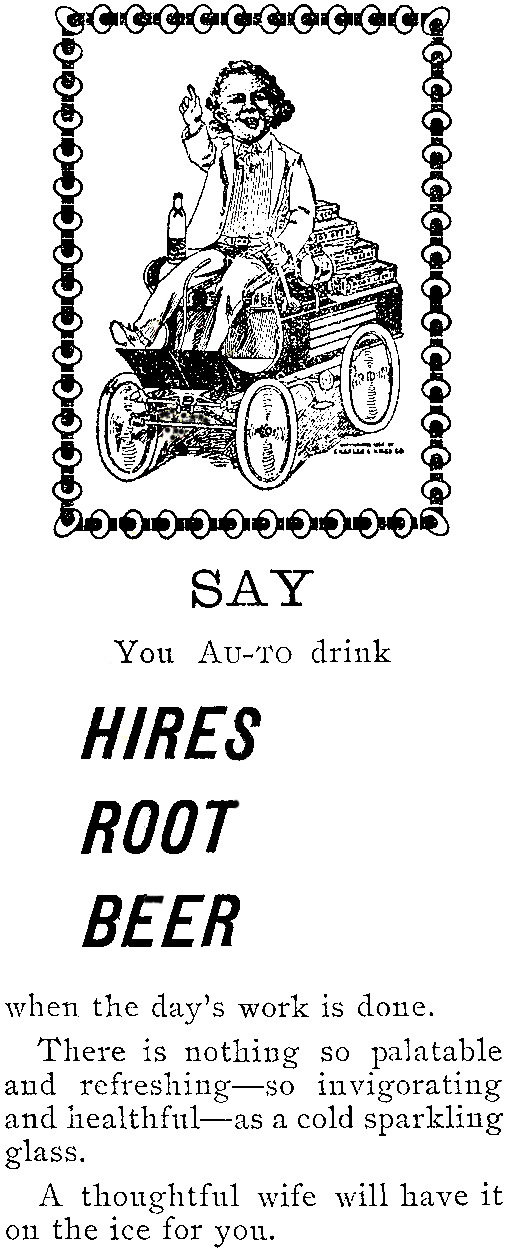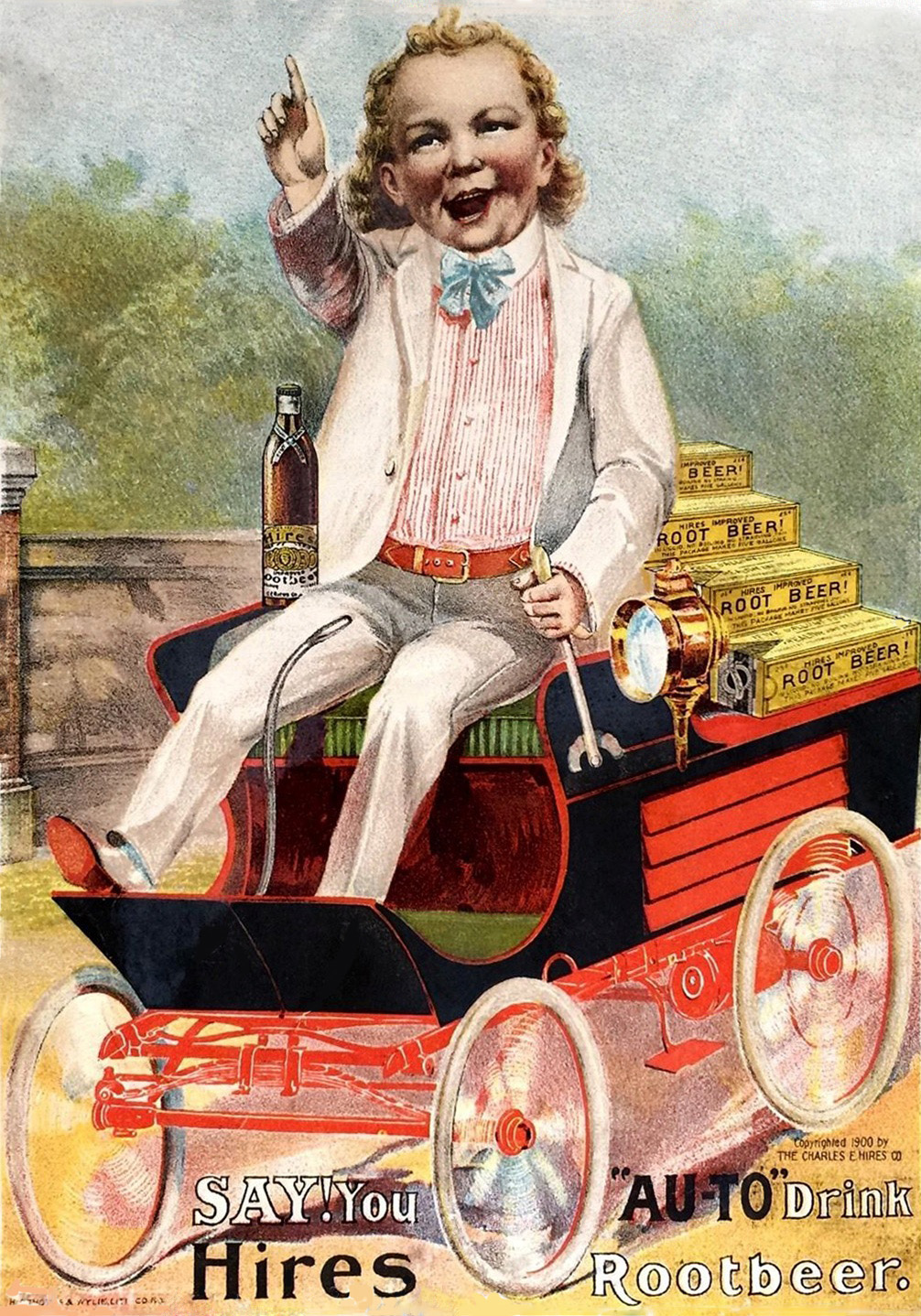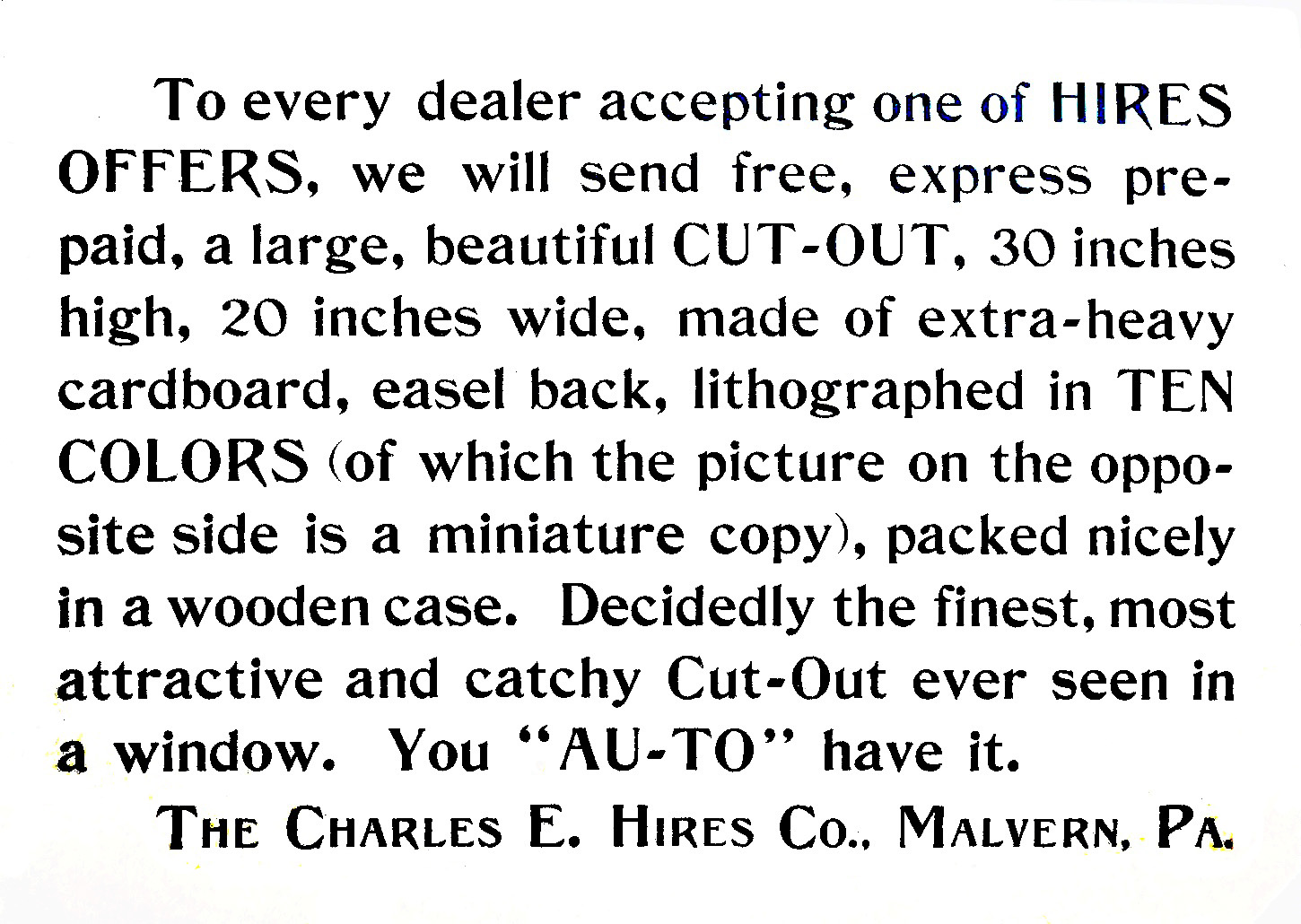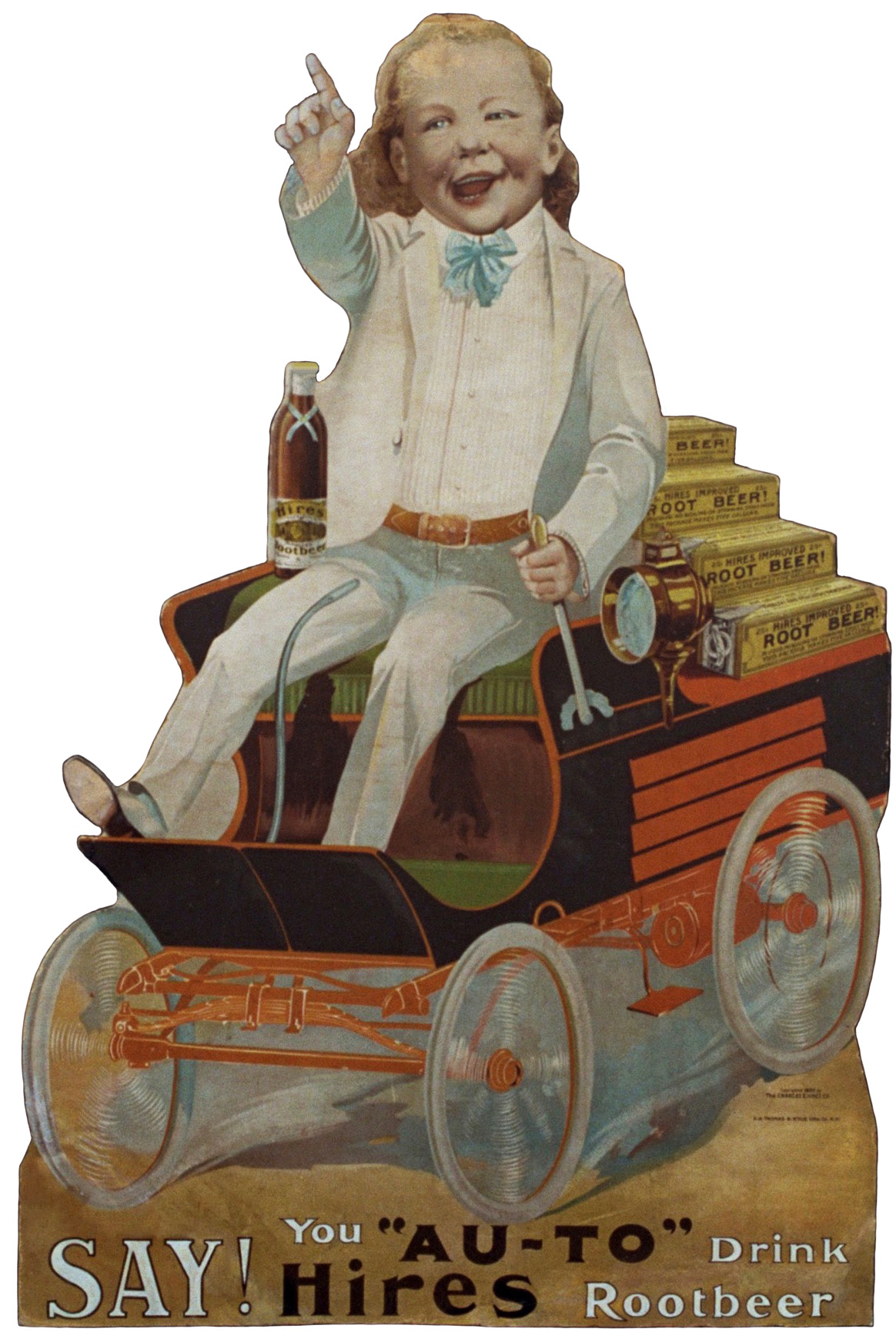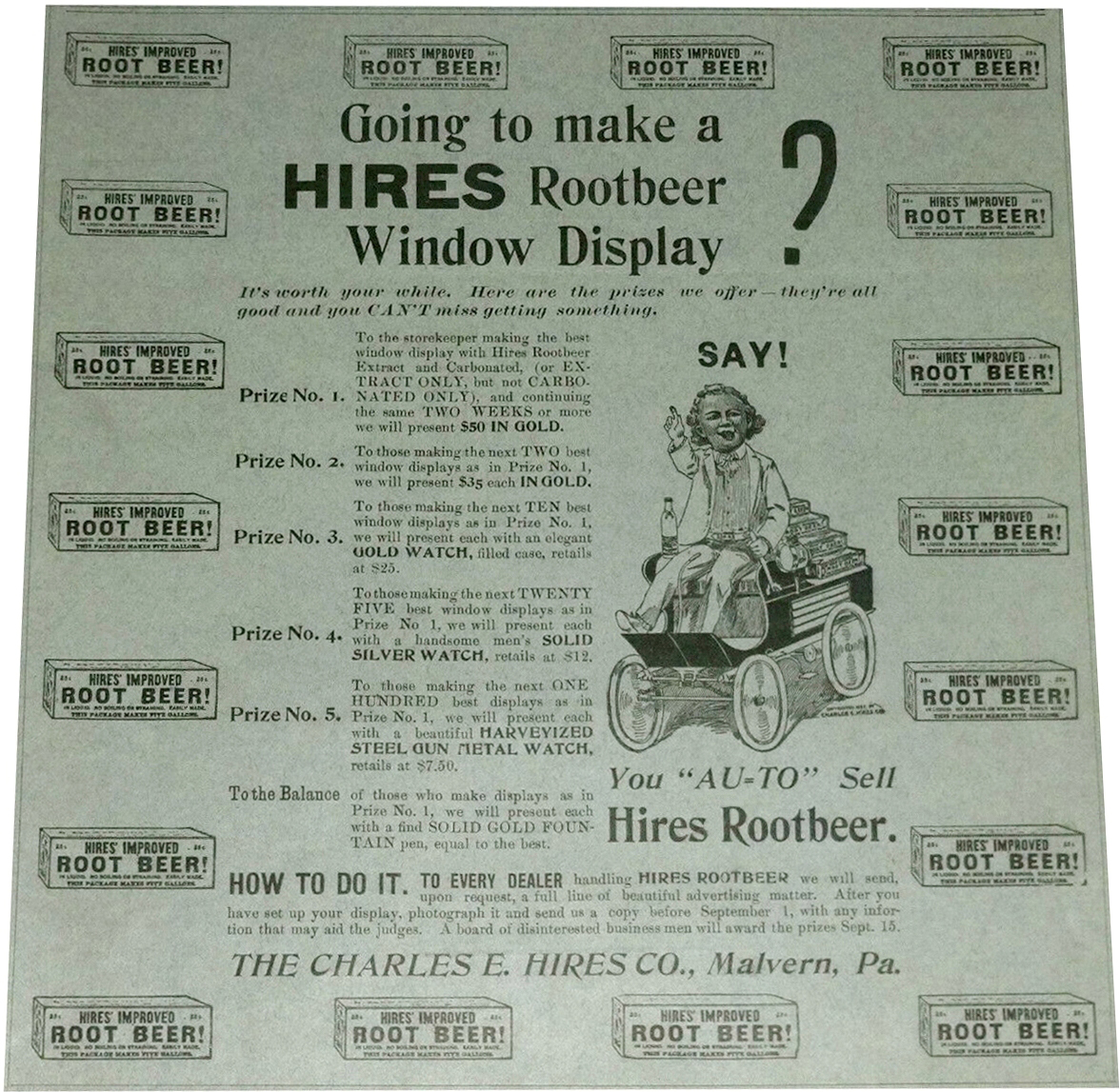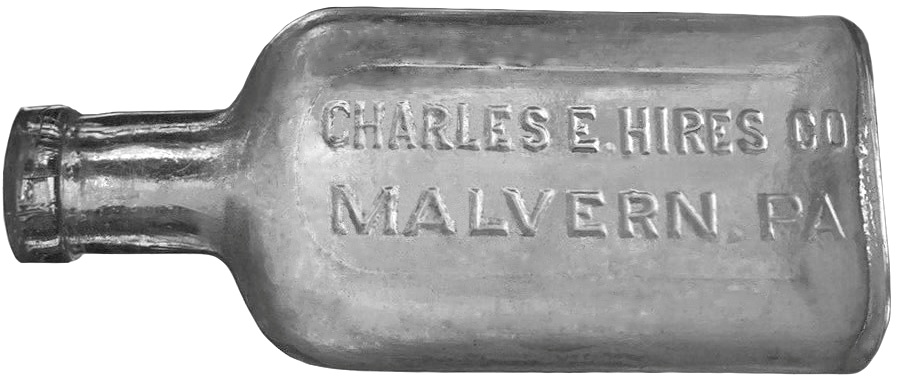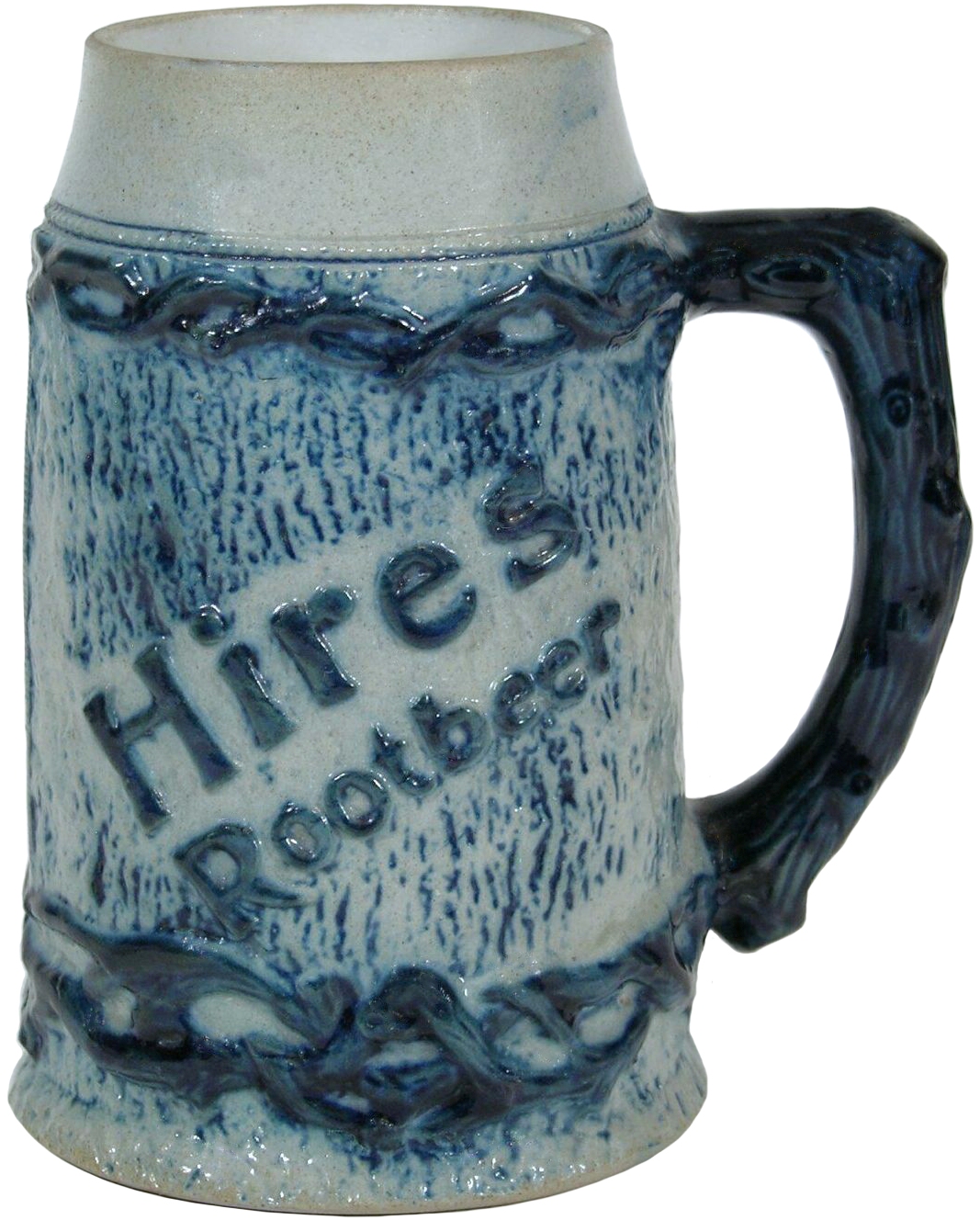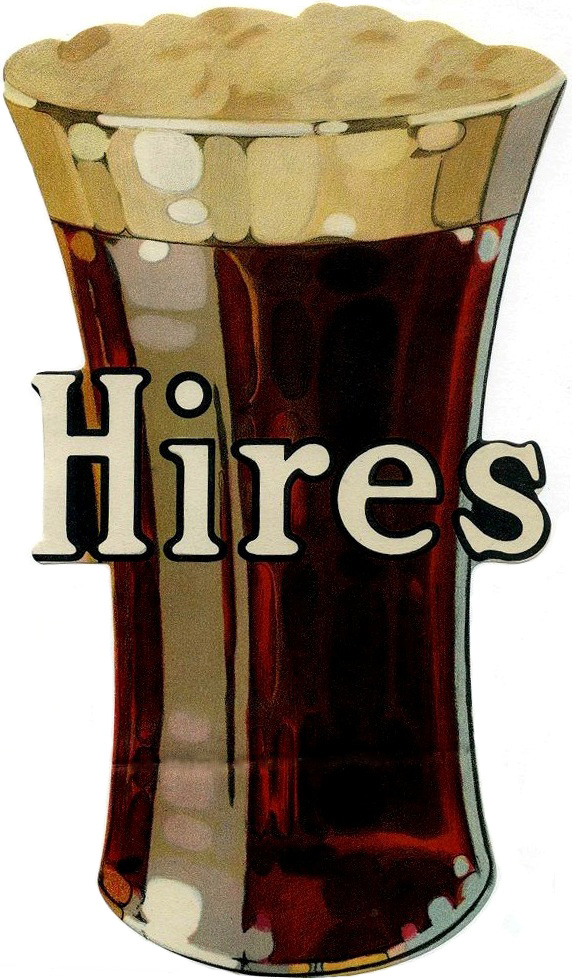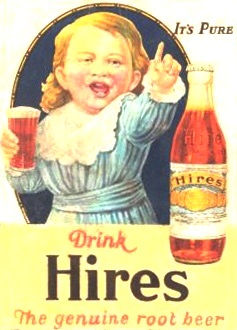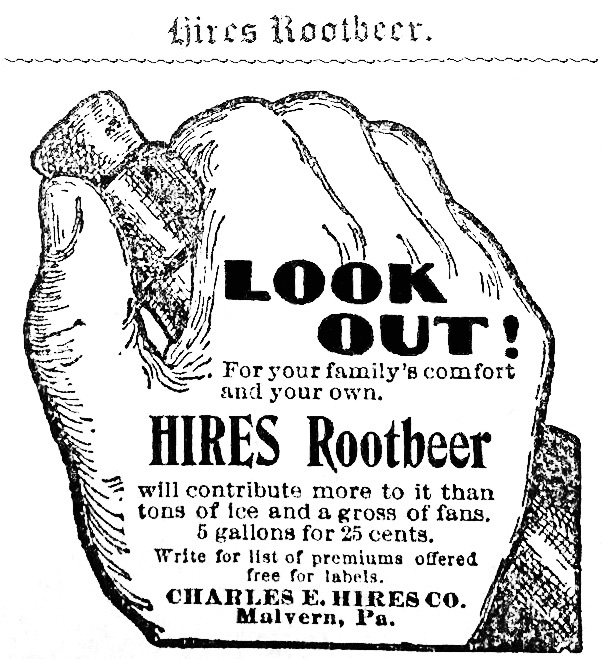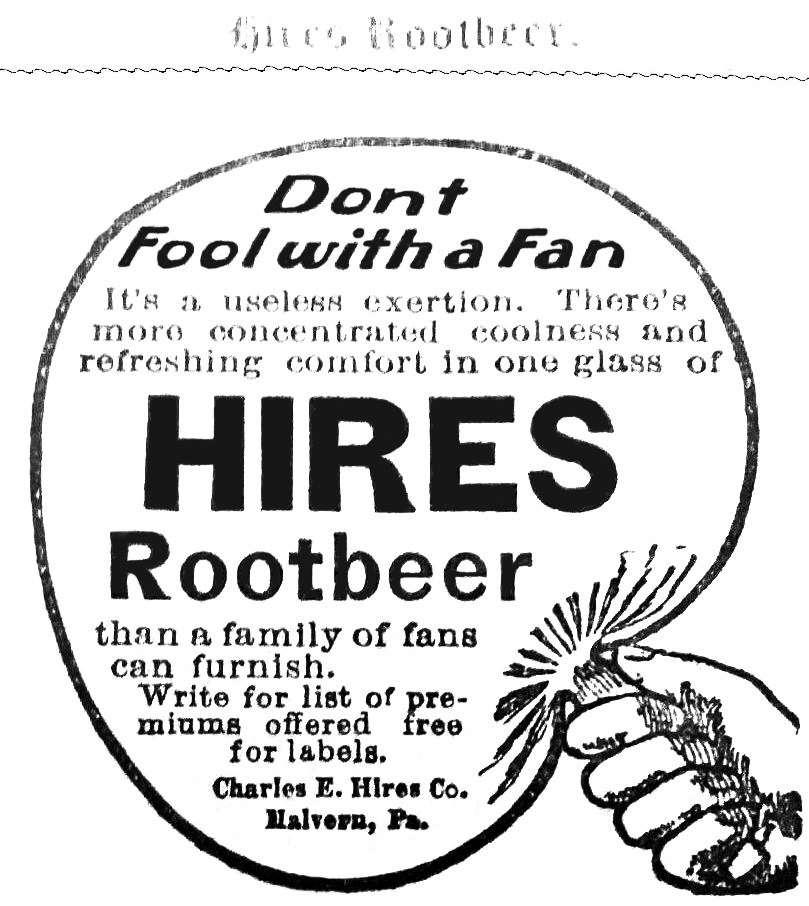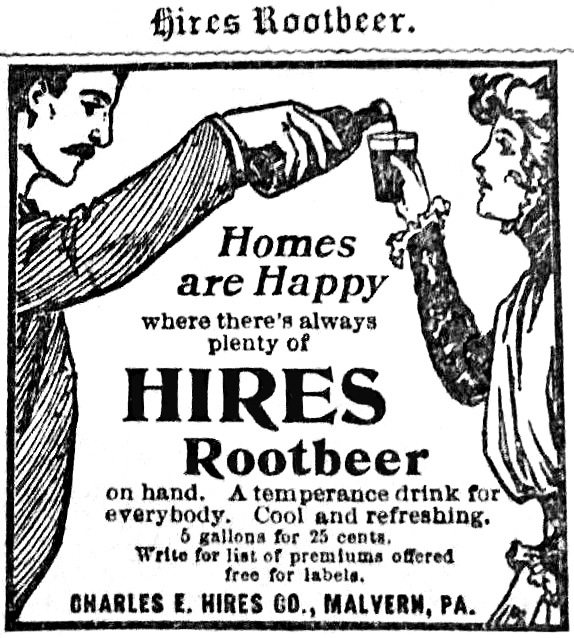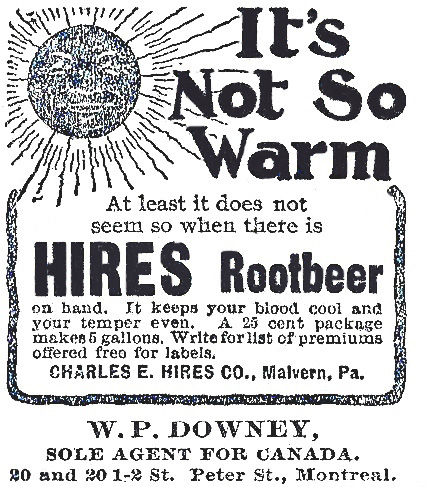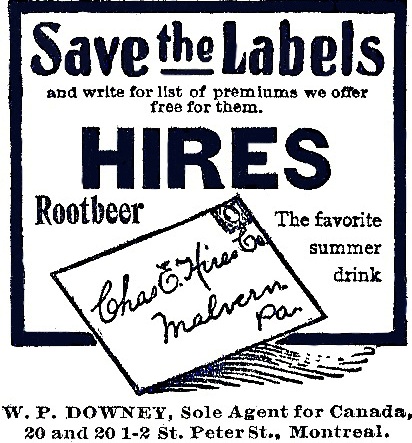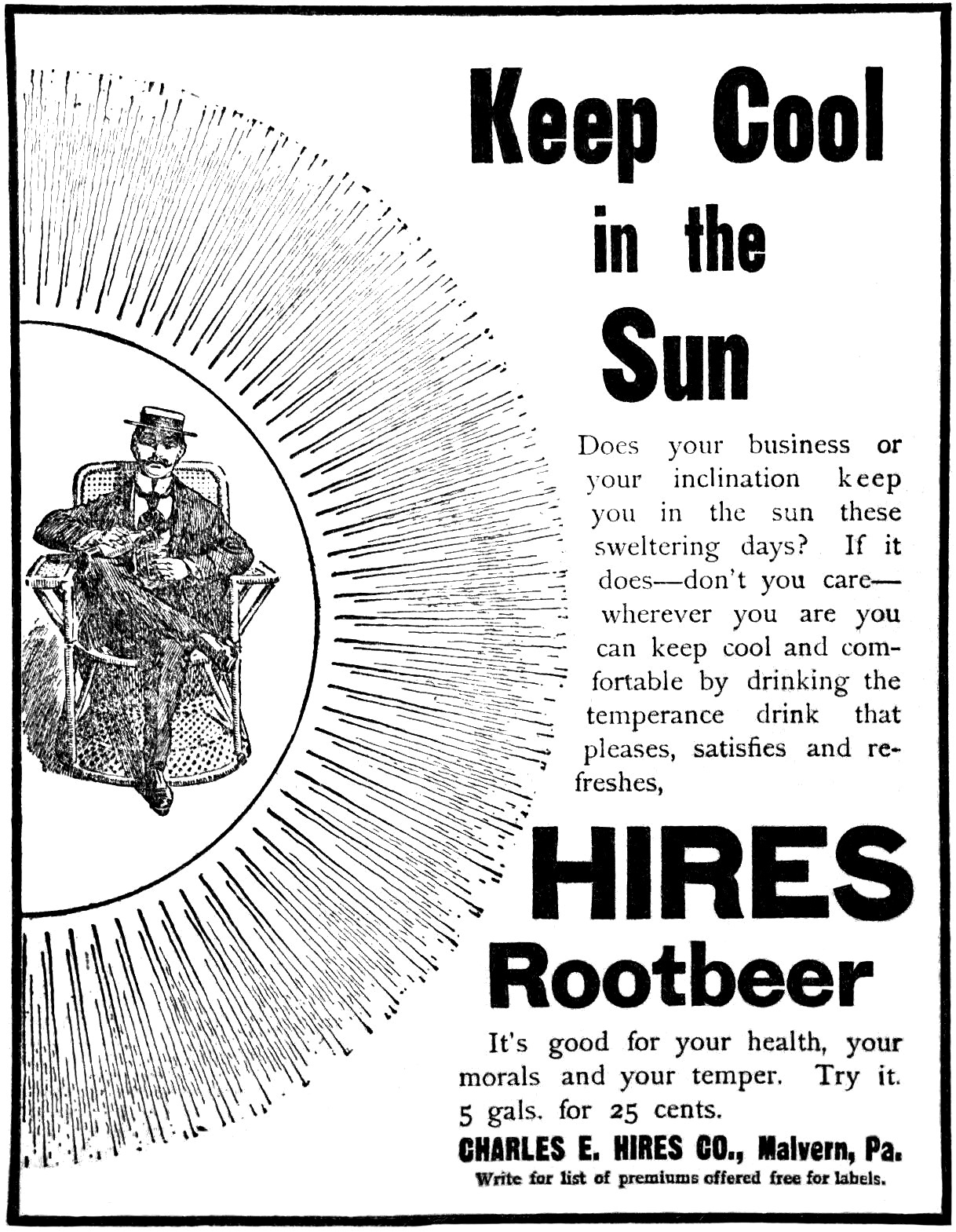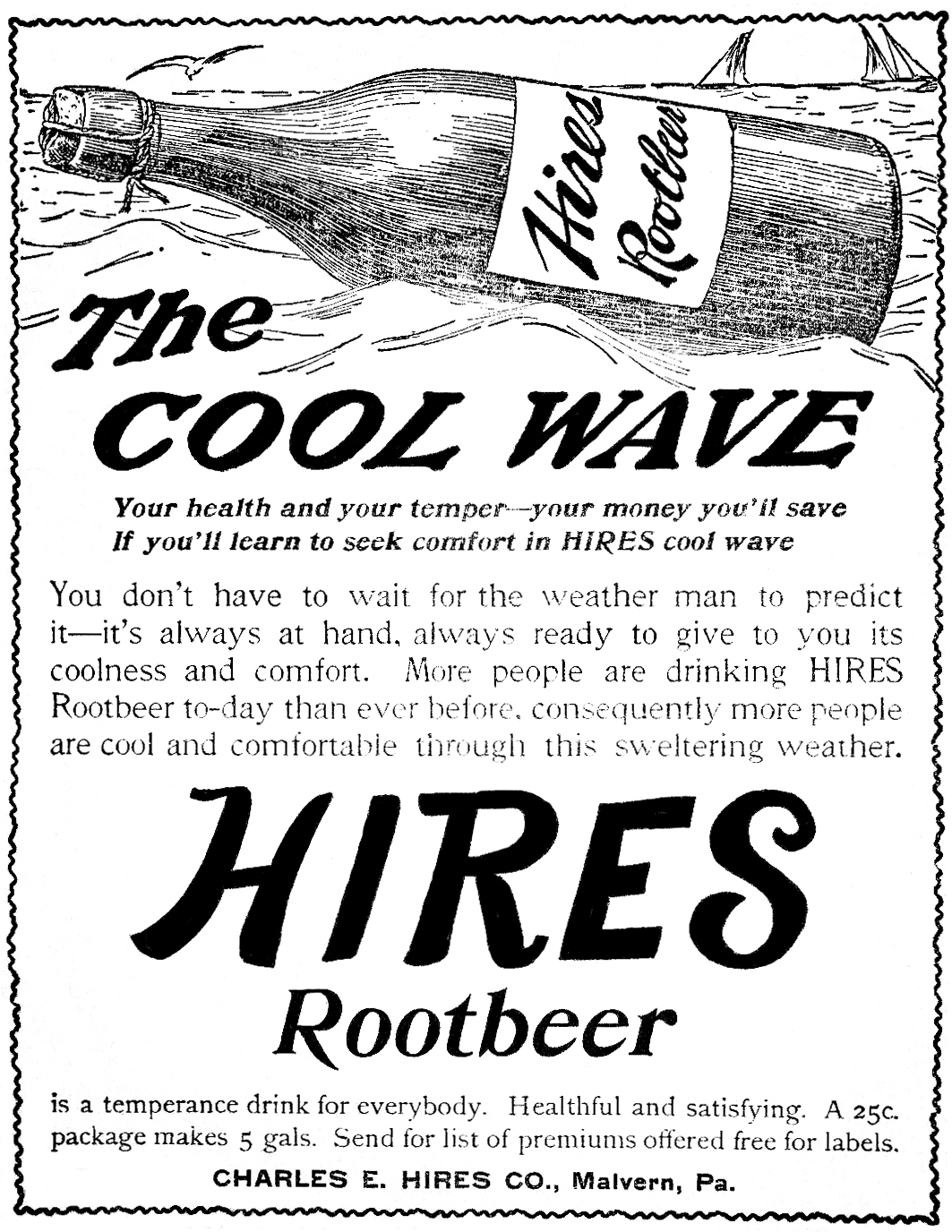1900
IT HAPPENED IN…1900
The Census reported the population at 75,994,575
(almost doubling since 1870).
Life expectancy was 48 years for men and 51 years for women.
Illiteracy reached a new low of 10.7%.
Very few homes in villages and small towns had
indoor plumbing with backyard privies the standard.
One house in seven had a bathtub.
Commercial baths helped, but it wasn’t unusual for people to
go weeks without bathing, particularly during the colder months.
The economy perked up as Americans enjoyed the
Spanish-American War victory.
The International Ladies’ Garment Workers Union
was established. The
average work week was 70 hours and women sewing at home for the
industry earned 30¢ a day at best.
Most businesses had telephones, but less than one
home in twelve had a telephone.
There were 13,824 registered cars in the U.S. but
only 10 miles of paved roads.
Approximately 18 million horses and mules provided
transportation.
Congress established the Territory of Hawaii.
A hurricane hit Galveston, Texas killing 8,000
and causing $20 million property damage.
William McKinley was re-elected President, with
Teddy Roosevelt as his running mate.
Kodak Brownie Box Cameras sold for $1.00 and film
cost 15¢ a roll.
Newly introduced products included wireless
signaling radio, and Hershey bars.
The January 3, 1900 issue of
Printers’ Ink, “A Journal for
Advertisers,” reprinted this article originally published by the
St. Paul (Minnesota) Trade
Journal in 1899:
THE LESSON OF HIRES
What can be accomplished by persistent advertising
has an illustration in the success of a product known as Hires’ Root
Beer. The formula was the
thought of a country druggist in Pennsylvania in 1877.
Being without capital at first the manufacturer had only a
nominal field. Five or six
years ago the project began advertising, using newspapers, booklets and
other means upon a large scale, amounting to hundreds of thousands of
dollars annually. This year
$10,000 has been spent for postage alone and a large printing
establishment is operated the year round to produce the printed matter
used.
Before advertising began the grocers had no use for
the goods, the jobbers would not touch it, and the people did not know
what it was. Now the
product is shipped in car lots and train loads, millions of packages
being sold annually. Ninety
percent of the grocery and drug trades of the country handle the goods.
The formula, of course, had merit, but it was brought
to public notice by distinctive aggressive, truthful advertising.
Otherwise the druggist would have had the pleasure of supplying
his immediate neighbors, and there the industry would have ended instead
of, as now, having a manufacturing plant covering twenty acres near the
city of Philadelphia, on the main line of the Pennsylvania railroad.
There is no business that will not be given a
wonderful impetus by advertising.
Hires started 1900 by expanding use of the Hires Boy
driving an “AU-TO” image via newspaper and magazine advertisements such
as this example:
(Figure 1900-01, “AU-TO”
magazine advertisement)
The H. A. Thomas & Wylie
Lithographing Company in New York City produced this trade card for
Hires.
(Figure 1900-02, “AU-TO” trade
card, front, 5.0” x 7.0”)
(Figure 1900-02, “AU-TO” trade
card, back, 5.0” x 7.0”)
Here is the large, window sign referenced on the back of the "AU-TO" trade card. Note the changed positioning of the advertising copy across the bottom of the sign.
(Figure
1900-03, “AU-TO” cardboard window sign, 30.0” x 20.0”)
The back of this reverse-on-glass wall hanger featuring the Hires Boy driving an "AU-TO" indicates this item was manufactured by "Wolf & Company manufacturers of advertising specialties, tiles, and bar supplies." Note the absence of the "Copyrighted 1900 by THE CHARLES E. HIRES CO." notice. (See Figure 1910-07 for an example of a similar reverse-on-glass hanger.)
(Figure
1900-03.3, “AU-TO” reverse-on-glass hanger, 7.0” x 7.0”)
According to Cope and Ashmead (1903), “Having decided
that the borough of Malvern, Chester county, Pennsylvania, was a
desirable site for his manufacturing plant, Mr. Hires in 1900 erected
buildings and a plant at a cost of two hundred fifty thousand dollars.”
The Hires Boy driving an "AU-TO" image was also utilized for this 9.5" x 9.125" flyer encouraging storekeepers to create and enter a window display contest. Prizes included gold, gold and silver watches, and Harveyized (case hardened) steel gun metal watches, All entrants were guaranteed a "solid gold fountain pen, equal to the best." The contest closed September 15, 1900.
(Figure
1900-03.5, window display contest flyer)
Hires Root Beer concentrate was packaged in corked, flask-type bottles like this example embossed CHARLES E. HIRES. CO. MALVERN, PA.
(Figure 1900-04, Hires Root
Beer concentrate bottle)
Similar corked, flask-type bottles were also used for ginger ale extract. This example is embossed HIRES GINGER ALE EXTRACT MALVERN, PA. The dark area on the back of the bottle is a paper label.
(Figure 1900-05, Hires Ginger
Ale Extract bottle)
In July 1899 The Charles E. Hires Company obtained a court injunction stopping the Consumers Company of Chicago from unfair competition by blatantly copying Hires' bottles and paper labels. Consumers' appeal resulted in this lengthy decision rendered by the United States Court of Appeals for the Seventh Circuit on March 22, 1900:
CHARLES E. HIRES CO. v. CONSUMERS’ CO.
Frank F. Reed, J. Willis
Martin, and Francis Rawle, for appellant.
John F. Wilson, for appellee.
Appeal, from the Circuit Court of the United States
for the Northern Division of the Northern District of Illinois.
The appellant, the Charles E. Hires Company, brought its bill to restrain an alleged unfair competition in trade by the appellee. Upon an application for a preliminary injunction the facts disclosed are thus succinctly and accurately stated by the counsel for the appellant:
"The Charles E. Hires Company, complainant, is a Pennsylvania, corporation engaged in the manufacture and marketing of root beer in various forms. The Consumers’ Company is an Illinois corporation originally manufacturing distilled waters and soda, and more recently ginger ale, birch beer, root beer, and other effervescent beverages. The predecessor of complainant inaugurated the manufacture and marketing of root beer in 1877 by putting on the market a dry preparation known as ‘Hires’ Improved Root-Beer Package,’ from which root beer was obtained by a simple process. To this was added in the ensuing year a preparation known as ‘Hires’ Root-Beer Extract,’ from which, by the addition of water and yeast, root beer was easily made, ready for consumption.
"In 1890 the complainant corporation succeeded to the entire business and rights of Charles E. Hires, and continued the manufacture of the root-beer package and the root-beer extract.
"In 1895 complainant added to its former products carbonated root beer put up in bottles ready for consumption. In each instance the complainant or its predecessor was the pioneer introducer of the article, and at the time complainant began the manufacture and sale of carbonated root beer there was no similar preparation on the market. A new, peculiar, and distinctive form of bottle was adopted for the new beverage, cylindrical in form, with high shoulders and short neck. Corks wired and covered with tin foil were originally employed as stoppers. The labels at first were three in number; consisting of a band label around the bottle neck; a small, round, gilt intermediate label; and a larger label near the bottom of the bottle. After about a year of use the small intermediate label was changed to the form of a shield, and some slight modifications made in the neck label; and in 1896 complainant began the substitution of tin capsules or crown stoppers for the ordinary corks, and during the season of 1896 a complete change in this particular was effectuated. The intermediate label, which was at first a round gilt disk, and subsequently a shield, bore the direction: ‘Keep this bottle on its side in a cool place. Sparkling. The genuine has the signature of the Charles E. Hires Co.’ But, it having been found that the use of the tin capsules obviated the necessity of this method of preservation, the admonition was unnecessary, and the intermediate label was in 1897 wholly discontinued upon the bottles; but advertisements which reproduced bottles showing this label continued in use, and are still employed. Complainant has largely advertised its carbonated root beer. The advertisements are chiefly in the form of fancy cards, booklets, and hangers, which, in the majority of instances, exhibit a reproduction of the bottle and labels; but, as in many instances the reproductions are small, the peculiarities of the label are not decipherable, and the distinctive style of the bottle is the chief feature, and most conspicuously noticeable. The beverage proved a popular one, and a large market was soon created. The public calls for it by the name of ‘Hires’ Root Beer,’ and identifies it both by the shape of the bottle, and by the general appearance of the labels; but the shape or style of the bottle is the principal method of identification by the purchaser at retail.
"After complainant’s beverage
had become well established upon the market, the defendant began the
manufacture of various effervescent beverages, including ginger ale,
birch beer, and root beer. It at first adopted a form of bottle for
these three beverages very distinct, in size, shape and form, from the
bottle employed by complainant, and also adopted labels widely different
in size, color, and general get-up. Defendant’s
bottles for these three beverages were identical in shape, size, form,
and general appearance, and the labels were identical in shape, size,
position, and the letter press thereon, save the necessary difference in
name, and a separate color in the labels. The labels for all these
articles had pale-green backgrounds, but the colors of the lettering and
label margins differed, so that root beer, ginger ale, and birch beer
could be distinguished; the letter press and margin colors being red for
root beer, light brown for ginger ale, and brown for birch beer. At the
beginning of 1897, the season following a similar change by complainant,
the defendant also adopted the tin capsule or crown stopper for bottles
containing all its beverages, but continued the use of the original
bottles and labels until the season of 1899.
At this time defendant, without
any reason except an asserted desire to increase the capacity of its
root-beer bottles, abandoned for root beer the form of the bottle
theretofore used by it for birch beer, ginger ale, and root beer, and
adopted for root beer alone a bottle precisely identical with that which
had been used by the complainant from the commencement.
Defendant also changed the size, shape, color, and position of
its root-beer labels so as to approximate those of complainant’s.”
The complainant prayed an injunction:
“That the said defendant, its officers, agents,
servants, and employees, may be enjoined and restrained, at first during
the pendency of this suit, and afterwards perpetually, from
manufacturing, putting up, selling, advertising, offering, or announcing
for sale, or supplying, root beer, or any similar preparation,
manufacture, or beverage, in bottles and under labels substantially
identical with or like the said bottles and labels of your orator
employed for that purpose, or substantially identical with or like the
bottles and labels now employed by the defendant for that purpose, or in
bottles or under labels which are calculated to deceive purchasers and
consumers into the belief that the beverage is the product of your
orator, or which will enable others to substitute, sell, or palm off the
said beverage of the defendant as and for the beverage of your orator.”
Upon the hearing of the motion the court below handed
down the following opinion:
“On this motion for an
injunction I am not disposed to consider the shape of the bottle as a
controlling means of deceiving the public; but the changes made by the
defendant in the style of its labels, and the marked similarity thereof
to the ordinary observer to the labels used by complainant, when taken
in connection with the shape of the bottle, certainly furnish grounds
for the belief that the defendant’s actions in the premises were with a
view of causing its product to be mistaken for, and sold In lieu of,
complainant’s. Unless,
therefore, defendant so materially alters its present labels within the
next ten days, in color, shape, and style that its bottles, when adorned
by such labels, shall present to the ordinary observer a marked and
distinct difference in appearance from the packages of the complainant,
a preliminary injunction will be granted.
It is required that counsel for the defendant assure the court
that no bottles of the shape in controversy, supplied with the present
labels, shall be distributed after the 29th of July, 1899, and that no
bottles not already labeled shall be supplied with the present labels
after this date.”
Thereafter the defendant submitted to the court a
changed label for its bottles, and the court entered the following
order:
“The motion of the complainant
in this cause for a temporary injunction coming on for a further
hearing, it is ordered that the said defendant, its officers, agents,
servants, and employees, be, and they are hereby, enjoined and
restrained, until the further order of this court, from selling,
advertising, offering or announcing for sale, or supplying, root beer,
in bottles and under labels identical, or substantially identical, with
the bottles and labels thereon, annexed to the complainant’s bill in
this cause, marked ‘Exhibit E,’ or in bottles and under labels which are
calculated to deceive consumers and purchasers into the belief that the
root beer sold or furnished by the defendant is the product of said
complainant, or which will enable others to substitute, sell, or palm
off the root beer of the defendant as and for the root beer of said
complainant. This
order, however, shall not be construed as restraining or enjoining the
said defendant from selling, advertising, offering, or announcing for
sale root beer in bottles and under labels identical, or substantially
identical, with defendant’s Exhibit X, this day filed in this cause.
And the court denies the complainant’s motion in so far as it
prays for relief beyond or in addition to that given by the foregoing
order.”
This Exhibit X shows a bottle
identical in form with that used by the complainant. From this order, so
far as it denied the full relief sought by the complainant, an appeal is
taken to this court.
1. Unfair Competition — Imitation of Form of Package.
Where a manufacturer of root beer adopted a new and
peculiar form of bottle, by which, principally, its product became known
and recognized by consumers, the intentional imitation of such form by a
competing manufacturer commencing business subsequently, for the purpose
of deception, in itself constitutes unfair competition, against which
the original user is entitled to an injunction.
2. Same — Proper Procedure on Granting Injunction.
It is not a proper function of a court of equity,
after having found that a defendant has been guilty of unfair
competition, by deliberately and designedly imitating the packages and
labels of a business competitor, to give its approval In advance to a
changed form proposed to be adopted by defendant to avoid future
liability; but it should in such case restrain the use of the infringing
devices, leaving to the defendant the responsibility of deciding for
himself, and at his own risk, what changes are necessary to avoid
infringement.
3. Appeal — Review of Order Granting Preliminary
Injunction.
While the granting or refusing of a preliminary
injunction is largely discretionary, the provision of the act creating
the circuit courts of appeals, allowing appeals from such orders, is for
the very purpose of having such discretion reviewed, and errors in its
exercise corrected; and where the court below has found a defendant
guilty of unfair competition, practiced deliberately and designedly, and
has granted an injunction for the protection of complainant’s rights as
it found them, but fell short in its judgment as to the extent of such
rights, its error will be corrected on appeal, and its injunction
broadened to afford the full measure of relief to which the complainant
is entitled.
The court below seems to have placed its refusal to extend its injunction to include the bottle used by the defendant upon the notion that one has the right under all circumstances to use any form of bottle he may desire. It is true that no one has a monopoly of form, nor has he a monopoly of color, of the shape of letters, of geographical names, or of his own name. An action like the present proceeds upon no such ground, but upon the principle that one may not, by means lawful in themselves when devoted to a lawful end, perpetrate a fraud upon the public, or infringe the rights of another. The doctrine is not novel in this court. We have held that one may not use his own name to work a wrong or a geographical name for like purpose. One may not use the color that another has selected as a distinguishing mark of his goods, or use the same arrangement of letters and of marks, when such use is with the design to market his goods as the goods of another, and so to work a fraud. The principle is settled doctrine in this court, and need not be enlarged upon.
Here the defendant used a bottle for the different beverages manufactured by him which was distinctive, and wholly unlike the form of bottle used by the complainant in marketing its root beer. The defendant, as to root beer, but not as to its other beverages, substituted for the bottle used one identical with the form of bottle used by the complainant. It is said that this was done so that a bottle might contain two full glasses of the beverage. This excuse is pretentious, merely. The bottle could have been enlarged without change of form. It was said at the bar that this act was a mistake on the part of the defendant. This is a charitable view of the act, but is in fact erroneous. It was not a mistake. The act was deliberate and designed. Its purpose, clearly, was to adopt the form of package previously adopted by the complainant. Otherwise, the defendant, for the purpose declared by it, would have employed like form of bottle for its other beverages, with respect to which the complainant was not a competitor in trade, or would have enlarged the capacity of the bottle without changing its form.
The court below found — and its ruling in that regard is not here complained of — that the defendant changed the earmarks upon its packages of root beer so as to approximate in marked similarity the label of the complainant. All this evidences design. And that such was the case finds some support in the fact that the defendant, also manufacturing ginger ale, advertised to dealers “Consumers’ Special or Belfast Formula as Desired Crown Cork,” “Sound Bottom Belfast Style and Belfast Formula.” If this signifies anything, it means that the defendant would furnish ginger ale in the inconveniently shaped bottle used by the Belfast manufacturers for their ginger ale, which has a high reputation, and is known to the public by the ungainly shaped bottle which contains it. It is clear that here was deliberate imitation of the complainant’s form of package, and, as the court below found, deliberate imitation of the complainant’s trade-mark and label upon it. The obvious purpose and the manifest result of this piracy were to enable retail dealers to palm off upon the public the goods of the defendant as the goods of the complainant. That wrong could not be prevented by the partial restraint imposed by the court below. I
t was proven that the complainant’s root beer was
principally known to and recognized by consumers from the peculiar form
of bottle. It was this
distinguishing feature which caught the eye, and abided prominently in
the memory. Indeed, the court
below declared in its opinion that the changes made by the defendant in
its label tended to deceive “when taken in connection with the shape of
the bottle,” thus clearly recognizing the fact that the form of the
bottle employed was an effective factor in the deception practiced.
Any restraint, therefore, that
did not include the form of bottle, would be ineffective to stay the
wrong.
The court below, upon holding that the changed label of the defendant infringed the complainant’s right, caused to be submitted for its approval another form of label, which it approved, and authorized the defendant to use upon bottles of the same form as those used by the complainant. We greatly doubt the propriety of such action. When an infringement has been found, it should be restrained. A court of equity does not sit as an arbiter to determine in advance upon other and changed labels which the infringer may adopt to avoid the condemnation of the court. Whether such changed forms do in fact infringe is matter of fact to be determined by the court in its usual course of procedure upon complaint lodged by the party damnified.
The duty of the court below was to determine whether
the labels complained of in the bill infringed the complainant’s right.
That duty was fully performed
when the court had so determined. It
is not called upon to decide whether a new label proposed for adoption
would infringe. This is
especially so here, where the infringement was deliberate and designed.
In such case the court ought not
to say how near the infringer may lawfully approximate the label of the
complainant, but should cast the burden upon the guilty party of
deciding for himself how near he may with safety drive to the edge of
the precipice, and whether it be not better for him to keep as far from
it as possible.
It was urged that a preliminary
injunction is largely discretionary, and that discretion should not be
controlled by us. The
act creating this court provides for appeals from such orders or decrees
for the very purpose of reviewing that discretion and correcting error
in its exercise. It is true that
the restraint interposed was temporary, not determining the ultimate
rights of the parties, but merely regulating their conduct until final
hearing. It is also true that a
preliminary injunction ought not to issue unless the right be clear, and
the infringement be proven. We
have spoken to this subject with no uncertain sound.
Our ruling in the case at bar is
well within the principle of those decisions; for here the right is
clear, the infringement proven, and but thinly disguised.
It will be impossible to give
compensation in damages; for, from the very nature of the case, it will
be wholly impracticable to ascertain the extent to which the piracy upon
the complainant’s right has been or may be carried, or to what extent
the product of the defendant has been or may be palmed off upon the
public as the product of the complainant. Complete relief can only be
afforded by restraint of the infringement.
Besides, the court below found
nothing in the circumstances or situation of the parties to stay its
hand. It issued its writ of
injunction according to their rights as it determined them.
It fell short in its judgment of
the extent of those rights. The
writ was clearly intended by the court to go to the full extent of the
infringement, and was not controlled by other considerations.
The defendant is not deprived of
the right to market its root beer, but, at its peril, must see to it
that its product is not dressed in the clothes of another.
We may aptly conclude with the
happy suggestion of Judge Lacombe in Grocery Co. v. Sloan that, “in the
period of rest and quiet which will be secured by a temporary
injunction, possibly defendants may renew their strength sufficiently to
be able to get further away from” — the complainant’s form of bottle —
“the next time they try to strictly differentiate their own goods.”
The order or decree is reversed,
and the cause remanded, with directions to the circuit court to issue
its writ of injunction pursuant to the prayer, and in the terms of the
bill.
White’s Pottery in Utica, New York produced blue Flemish stoneware Hires Rootbeer mugs with branch-like handles.
(Figure 1900-06, stoneware mug, 5.25” x 2.5")
(Figure 1900-07, die-cut paper sign, 10.5” x 6.0”)
(Figure 1900-08, cardboard hanger, 16.0" x 17.5")
(Figure 1900-08.5, magazine advertisement)
This series of four newspaper advertisements ran during 1900:
(Figure 1900-09, series of four
1900 newspaper advertisements)
(Figure
1900-10,
Montreal Star newspaper, May 10, 1900)
(Figure
1900-11,
Montreal Star newspaper, May 10, 1900)
"Hires Rootbeer - It's good for your health, your morals and your temper."
(Figure
1900-11.5, San Francisco Chronicle, August 2, 1900)
This advertisement spanned three newspaper columns.
(Figure
1900-12, San
Francisco Chronicle, September 22, 1900)

